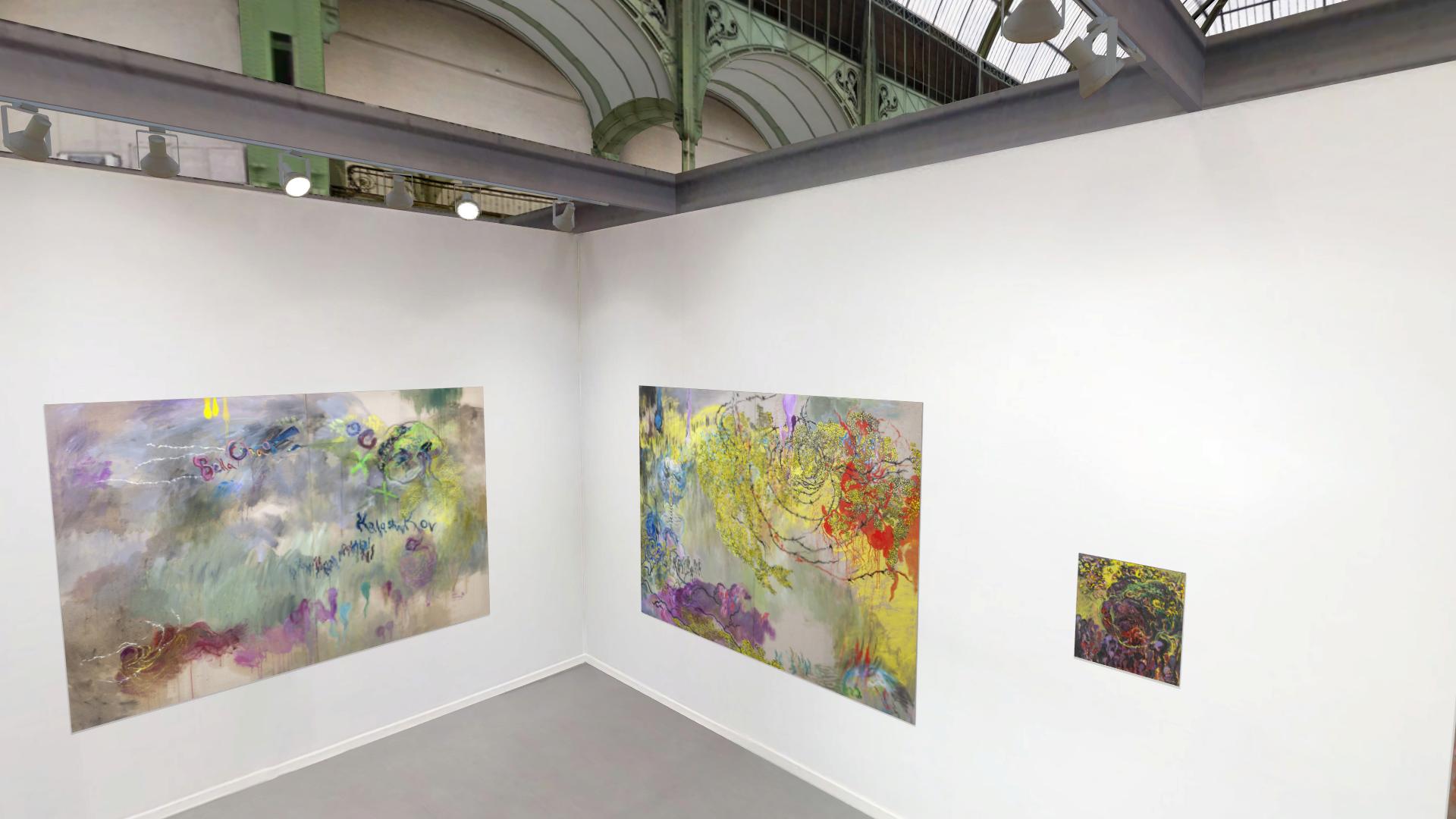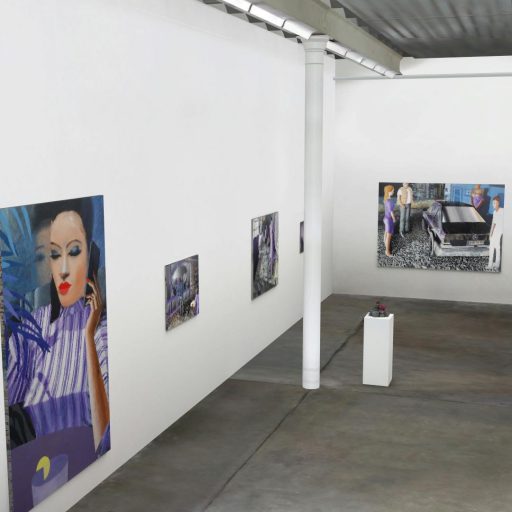

The artist, winner of the 10th Asian Biennial of Bangladesh in 2001, fascinates and intrigues with a disturbing but powerful force in her work.
At the 10th Asian Art Biennale, in Bangladesh, Naoko Majima presented a series of JIGOKURAKU – pencil on paper, each measuring more than two meters wide. In Japan, they wer... more >> No word can fully describe the work of the Japanese painter and designer Naoko Majima: abundant, complex, ambivalent.
The artist, winner of the 10th Asian Biennial of Bangladesh in 2001, fascinates and intrigues with a disturbing but powerful force in her work.
At the 10th Asian Art Biennale, in Bangladesh, Naoko Majima presented a series of JIGOKURAKU – pencil on paper, each measuring more than two meters wide. In Japan, they were exhibited pinned directly onto the wall; for the Biennale, in consideration of the work's safety during transportation, they were mounted on panels.
It was a great pleasure for me to see Ms. Majima's work receiving strong positive support from the jury as well as a general audience; furthermore, she consequently received the Grand Prize. Reasons given for awarding the prize noted that her work achieved a highly original form of expression that transcended the conventional form of drawing and that it embodied her inventive and provocative imagination.
I myself had seen this work a few times before: however, when seeing it anew at the Biennale, I discovered something different. First, quite unexpectedly, I found in her work a sense of Japanese aesthetics. Lines that extend in many directions keep their autonomy without having recourse to any prescriptive rules: they manage to avoid being too formal or formulaic yet maintain an overall horizontal formation. They reminded me somewhat of the traditional Japanese painting of plants. Majima's seemingly chaotic lines perhaps embrace an undescribable structure – or a logic of complexity – inherent in lines found in nature that equally appear chaotic. The same may probably be said of traditional Japanese aesthetics, which reached its apex in reflecting nature.
I wonder why Majima's drawings, made with only one type of pencil and executed in a highly pared-down palette of colors and tonalities, looked so gorgeous. Certainly, the luster that her work achieves has nothing to do with the splendor of premodern Japanese painting that boasts an overwhelming materiality and grandeur against a gold background. (It after all performed the decorative purposes for the ruling class.) In her work, in contrast, material is employed in a subdued manner, expression language is pared down, and energy is internalized toward the core of the self. Yet the restrained energy ultimately explodes from within. I believe that Majima has materialized a vividness and radiance that only naked things can have.
Since Dada, the will to eradicate the rational and the emotional, to go beyond humanity, has never ceased. What is realized in Majima's freehand drawing is akin to this will. It is perhaps an entrance to a melting pot of different lives, in which the organic and the inorganic will co-exist, that appears beyond anti-humanity.
This radical attitude of Majima was sincerely received by people worldwide as our world was about to turn a corner.
Yuri Mitsuda, Curator at the Shoto Museum of Art
and Commissioner of Japan for the Biennale, 2001










